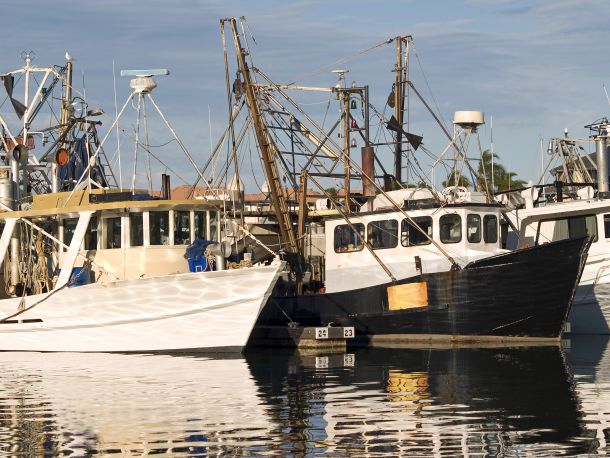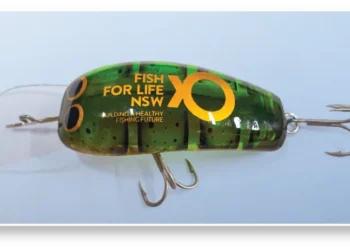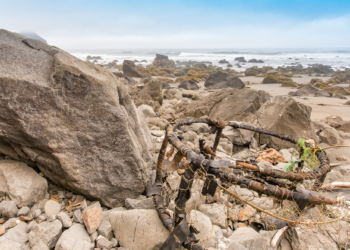PATRICK’S comments on the last column sent me scurrying onto the website and ABARE’s Australian Fisheries and Aquaculture Statistics 2013, and of course he’s right. While we export 49 per cent of our seafood by value, that’s only 22 per cent of the combined tonnage of Australian wild catch and aquaculture product.
The Statistics are full of quite fascinating information, if you don’t mind wading through the pages of tables. The total wild caught tonnage was 157,252 tonnes. Aquaculture contributed another 80,066. We exported 35,304 of edible product. We imported 388,894 tonnes. Historically, we were a net importer in volume terms and a net exporter in value terms. In 2012/13, we also became a net importer in value terms.
Our main export markets were a little surprising. In order, Hong Kong ($371m), Vietnam ($294m), Japan ($289), China ($48m), USA ($39m). But we only account for 0.2 per cent of global seafood supply, which makes us, as ABARE puts it, a “minor player.”
The report also has a section on recreational fishing, although on page 42 it says you don’t need a NSW rec fishing licence if you’re over 60. Wish it was so, but in reality the exemption is only for pensioners.
But back to the locally caught fish issue. When NSW created its Recreational Fishing Havens, the industry ran an unsuccessful “right to eat local fish” campaign. When aquaculture revved up a decade or so ago, it was suggested was that “locally caught” was superior to “locally grown”, despite Hiramasa kingfish and Crystal Bay prawns winning taste tests against locally caught equivalents. Does it really matter if granny’s snapper comes from NSW, SA or NZ, given the speed at which seafood can be safely moved around the globe… as long, of course, it has the appropriate heath and sustainability certifications? The sale of granny’s snapper will still contribute to somebody in Australia’s employment and mortgage payment, even if that “somebody” wasn’t involved in the fish’s capture.
Sure, it’s nice for people to have the choice of buying sustainably harvested local seafood as well as imports, but is it all that important, particularly as most of our tuna, billfish, prawn and rock lobster harvest effort is export focused anyway? And, back to the original question, is the “buy local” campaign still particularly relevant in 2015, or would a more sophisticated niche based marketing approach (like for sustainably certified Coorong yellow eye mullet) be better?

















